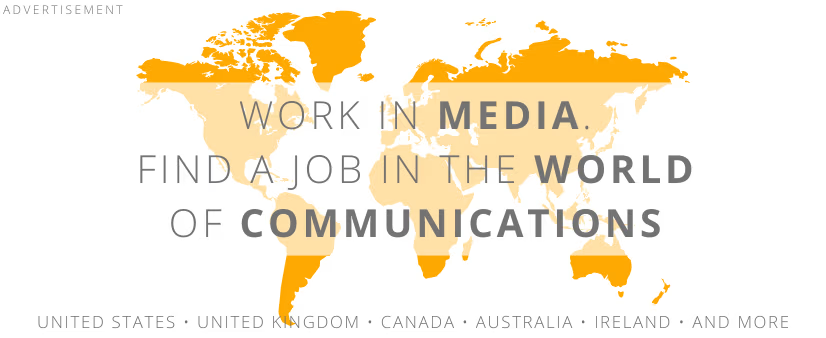 illustration: bing.com/create
illustration: bing.com/createWhat motivates flirting with bots? Respondents most often indicated:
- 47.2% wanting to test the bot`s capabilities,
- 23.9% loneliness,
- 16.7% initially unaware that they were talking to a bot,
- 12.2% looking for opportunities for private conversations of a sexual nature.
The research results show that the line between humans and machines is becoming increasingly blurred. Customers are increasingly viewing bots not just as customer service tools, but also as potential conversation partners.
- The survey results indicate that bots are not only tools for seeking information or performing tasks but are increasingly perceived by consumers as companions, comments Krzysztof Lewiński, CEO of Armatis Poland, which outsources customer service and sales. - This reflects the growing level of acceptance and comfort consumers feel thanks to AI-based conversational tools and their openness to new forms of communication and interaction.
Armatis Customer Experience Index. Mixed Feelings of Poles
Data from Armatis Poland indicates that chatbots and voice bots in Polish customer service evoke mixed feelings. Although nearly two-thirds of respondents (66.7%) have encountered them, they tend to elicit negative emotions (42.6%) more often than positive ones (17.1%).
The majority of Poles (71%) prefer to wait in line to speak with a human rather than being served immediately by a bot. Even immediate assistance from a bot does not entice 27.3% of respondents.
The most common emotion after interacting with a bot is frustration (31%), and 11.2% of respondents rate this interaction so poorly that they share it with others. Conversely, only 15% of respondents express satisfaction with the service provided by a bot, and just 2% share their positive experience with others. 40.3% of respondents rate bots neutrally.
- Poles appreciate positive experiences associated with bot service, such as availability 24/7, quick responses, and the improving quality of communication with bots due to the latest generative AI models. However, we still strongly prefer contact with humans, and that is unlikely to change quickly, explains Krzysztof Lewiński. - In different age groups, this attitude towards bots may be more or less positive, but in general, we are still full of prejudices and cautious in these new relational dynamics.
A Bot Doesn`t Guarantee Success
Negative feelings towards bots in customer service are not exclusive to Poland. Results from an international study conducted by Professor Noah Castelo from Alberta School of Business and published in the "Journal of Consumer Research" show that customers worldwide rate their interactions with bots worse, even if they are unaware they are speaking to a machine.
Why does this happen? According to Professor Castelo, people perceive automation as an action intended to benefit the company rather than the customer. As a result, even if the bot correctly answers questions and resolves issues, customers may feel overlooked and undervalued.
This study confirms the conclusions drawn from Polish research. Poles are also more likely to negatively assess service by a bot, even if the problem is ultimately resolved. What does this imply? Companies that want to effectively use chatbots in customer service must ensure that bots are empathetic, customer-oriented, and trustworthy. It is also crucial to give customers the option to contact a human consultant if they need to.
Otherwise, bots may become a source of frustration and negative experiences for customers, which can lead to a loss of trust in the brand.
COMMERCIAL BREAK
New articles in section Marketing and PR
Dance in the media mirror. Between culture, business and viral fame
KFi
Over 78,000 media pieces, 1.6 billion potential views, and 197,500 social media mentions-dance in Poland is no longer niche. With a combined media value exceeding PLN 800 million, it now outperforms MMA, handball, and hockey.
PR in Poland. Ranking of the largest public relations agencies 2025
KFi
The smallest teams often generate the most publications, and agencies outside Warsaw are increasingly capturing media attention. This unexpected distribution of power is one of the key findings from the 2025 PR Agency Ranking in Poland, developed by Widoczni and IMM.
Connected TV and borderless advertising. The ID5 report
KFi
Viewers are moving away from cable TV. And they are doing it en masse. Already 86% of Europeans watch content via Connected TV and global ad spend in this segment is set to double by 2028. The industry is undergoing a communication revolution.
See articles on a similar topic:
SEO and AI in Polish e-commerce 2025. Harbingers analysts’ report
Krzysztof Fiedorek
Although 44.56% of e-commerce traffic comes from organic results, over half of online stores are not seeing growth. The biggest surprise? A staggering 9.5 million monthly visits lost due to dead content. On top of that, 38% of companies still don’t appear in AI-generated answers - a new and growing source of visibility.
Artificial Intelligence and Marketing. Industry Expectations and Concerns
KrzysztoF
Marketers using generative artificial intelligence see its potential but also perceive risks. The Generative AI Snapshot Series survey conducted by Salesforce and YouGov shows that the industry expects significant changes - and soon.
Bots on Hotlines. Armatis Customer Experience Index Study
KF
Nearly two-thirds of Poles report encountering a chatbot or voice bot when contacting customer service. This type of service often triggers negative emotions. Almost three-quarters of Poles would prefer to wait in line for human assistance rather than be served immediately by a bot.
Rising Google Ads click costs. How to keep campaigns profitable?
Patrycja Kranc
In 2024 the average cost per click (CPC) rose in 86% of industries. In e-commerce and real estate, increases reached dozens of percent. Optimisation is becoming crucial, not only for campaigns but for the entire customer acquisition process.






























